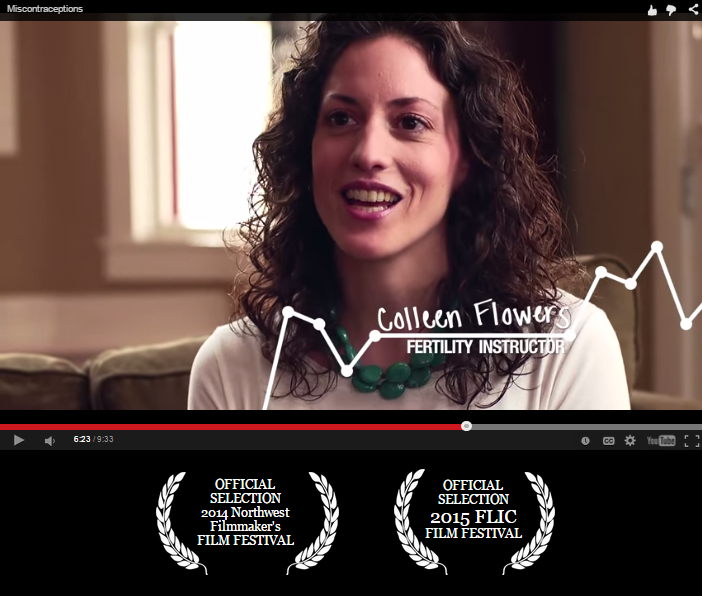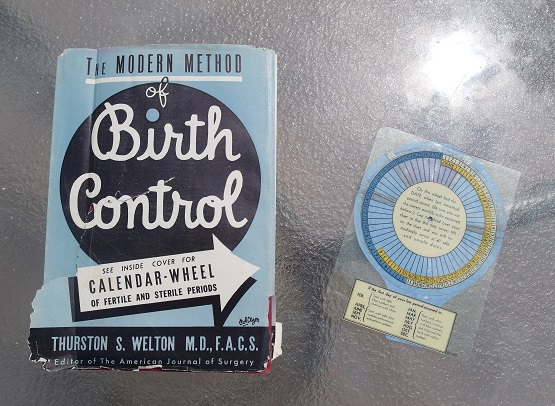The Fertility Awareness Method (FAM) and Natural Family Planning (NFP) are very similar but have some important differences (like apples vs oranges). Earlier I wrote about all the different Fertility Awareness Methods (often called FABMs which stands for Fertility Awareness-Based Methods).
Completely explaining NFP is a little difficult for me, partly because there are many different definitions and mostly because I do not identify with it. Therefore, this explanation is not definitive in the least... just my understanding of it.
Some would say NFP is simply the umbrella-term for many FABMs. Wikipedia cites the common understanding: “Natural family planning (NFP) comprises the family planning methods approved by the Roman Catholic Church for both achieving and postponing or avoiding pregnancy.” Almost always, NFP has religious teachings associated with it. In this context, NFP is not considered “contraception,” is not “artificial birth control,” teaches abstinence on fertile days to postpone a pregnancy, strengthens the marriage relationship, and views unplanned pregnancies as a new human being that is a gift from God. And others would say that NFP means the Sympto-Thermal Method in particular as taught in the book The Art of Natural Family Planning by John & Sheila Kippley and the Couple to Couple League (CCL). [UPDATE: See correction in comments below.] Many teachers are volunteers and others are trained in a particular method (like Billings, Creighton, or something else) and will only teach to married or engaged heterosexual couples.
FAM, on the other hand, usually means the Sympto-Thermal Method as taught in the books Taking Charge of Your Fertility by Toni Weschler and Garden of Fertility by Katie Singer. Teachers are usually trained or mentored by other Fertility Awareness Educators or programs like Justisse or Grace of the Moon. (But some FA teachers just start teaching on their own... find out “Why I got Certified to Teach the Fertility Awareness Method.”) There is usually an emphasis on body literacy, understanding overall reproductive health, and making informed decisions. During fertile days, abstinence, alternative sex play, condoms, or other barriers can be used (including withdrawal, spermicide, diaphragms, cervical caps, etc.). Fertility Awareness Educators will teach to all women and couples regardless of their marital status, sexual orientation, or religion.
Lots of people who aren't religious use NFP. And lots of people who would identify as religious or spiritual use FAM. Like most everything in life, these 2 terms are constantly shifting and changing to meet the needs of the people that use them.
So what NFP and FAM have in common (because apples and oranges are both fruit!):
- Teachers and users alike are pretty passionate about the amazing information cervical fluid gives to us.
- Most methods are evidence-based and have scientific research to show the effectiveness rates.
- These methods can help women and couples achieve pregnancy naturally or avoid pregnancy naturally.
- Teachers and users alike usually believe that the risks and side-effects associated with hormonal contraception and other contraceptive devices should be thoroughly explained to patients before using (aka - informed consent or informed decision-making).
I see FACTS (the Fertility Appreciation Collaborative to Teach the Systems) as a growing organization that is the “go to authoritative source for balanced factual info about scientifically based Fertility Awareness-Based Methods (FABMs).” Whether it’s called NFP, FAM, cycle charting, or something else, women should be given the opportunity to learn and use this amazing information.
Where did you first learn about NFP or FAM or cycle charting?
My friend, Sheri, told me to buy a copy of Taking Charge of Your Fertility by Toni Weschler... best piece of advice ever!













